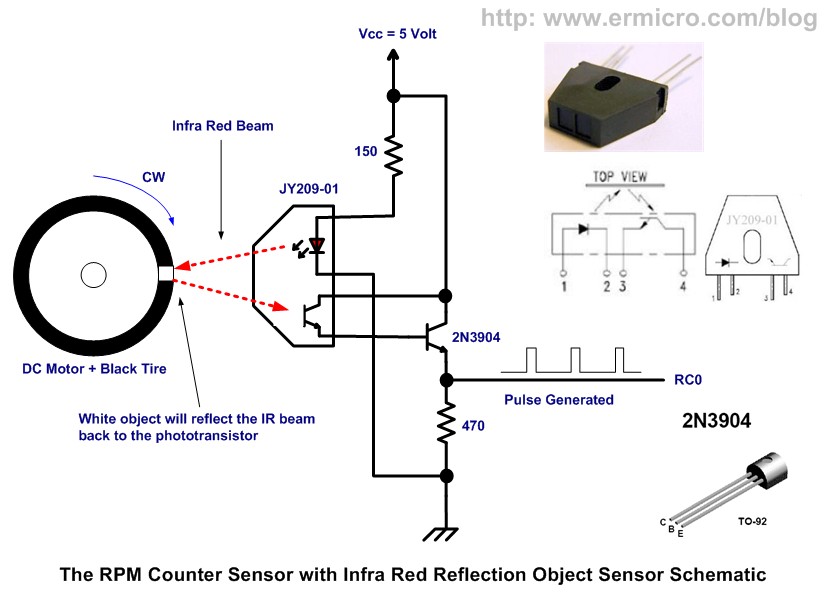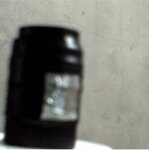ckshivaram
Advanced Member level 6
- Joined
- Apr 21, 2008
- Messages
- 5,060
- Helped
- 2,150
- Reputation
- 4,306
- Reaction score
- 2,088
- Trophy points
- 1,393
- Location
- villingen (Germany) / Bangalore
- Activity points
- 30,086
screen printing is something that the pcb manufacturer prints the legen on the board like R1,r2,..... c1, c2..... in the same way i though if you get your board printed with version number as 1.0 and next version as 1.1 it will be easy in future for you to keep track of which version had which features .. if you plan to market and sell it then definetely you may have some modifications in the board... if you keep it in version numbering the boards it will be easy to track.... the printing of words on the board is called screen printing....
though off topic .. i gave this suggestion... i am not aware of the other post by other friend...
though off topic .. i gave this suggestion... i am not aware of the other post by other friend...


